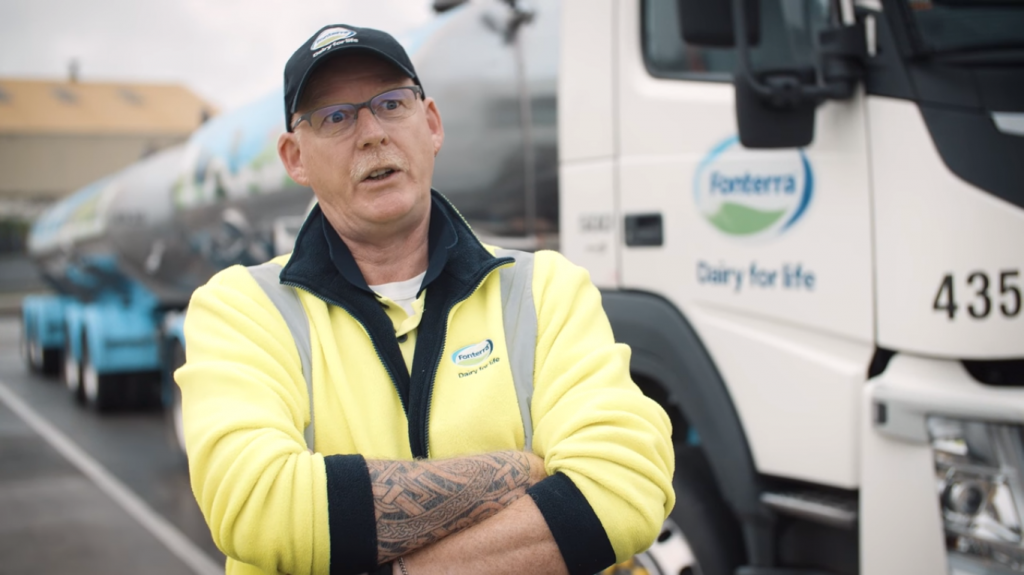Industries rely on workers being physically and mentally alert. Fatigue reduces alertness which can lead to errors, and an increase in workplace incidents and injuries

The evenings are getting lighter and BBQ season is just around the corner, which means the pressure is on to get jobs done while there is more daylight in the evenings.
During this time of year it can be difficult to remember to balance the race to satisfy demand with your own safety. Many serious incidents we attend result from people trying to complete tasks in a hurry, or where people are fatigued but trying to fit in ‘one more job’.
An increased workload relies on you being physically and mentally alert so it’s really important to make sure you and your staff aren’t, or don’t become, fatigued.
Fatigue is more than just feeling tired. When we are fatigued, our mental and physical functioning is affected in lots of different ways, which can make it hard for us to work safely.
Setting achievable demands for yourself and your workers, matching skills and abilities to job demands and supporting workers to have a level of control over their pace of work are just some of the ways you can reduce fatigue and ensure staff are working safely and effectively.
Causes of fatigue
- Work schedules – hours of work, night work and shift work (including breaks between shifts)
- Sleep disruption: Everyone needs a particular amount of sleep to stay alert and perform well.
- Environmental conditions: Climate extremes (such as working outside in winter), noise and handling vibrating tools place demands on workers and increase fatigue.
- Physical and mental work demands: Some industries, such as construction work, can be physically demanding which can increase fatigue. Mental demands can also increase fatigue, such as tasks that require periods of intense concentration.
- Emotional well-being: Work events can be emotionally tiring and increase fatigue, such as regular criticism or the pressure to complete a task to a deadline. Non-work events can also cause distress and lead to fatigue – for example: when a person faces the loss of a loved one or tries to resolve personal conflicts.
What you can do
First you must always eliminate the risk where you’re reasonably able to. Where you’re not reasonably able to, then you need to consider what you can do to minimise the risk. Here are some examples:
- Set achievable demands for your workers in relation to agreed hours of work.
- Match worker’s skills and abilities to job demands;
- Support workers to have a level of control over their pace of work;
- Develop multi-disciplinary teams to share ideas and perspectives on ways to address situations.
- Involve workers in decisions that may impact their health and safety, and have processes to enable workers to raise issues and concerns they might have.
- Ensure managers and supervisors have the capability and knowledge to identify, understand and support workers who may be feeling stressed
- Provide workers with access to independent counselling services
- Have agreed policies and procedures to prevent or resolve unacceptable behaviour.
- Engage and consult with workers before implementing change processes, and ensure they genuinely have the ability to influence the decisions you make.
You need to select the most effective controls that are proportionate to the risk, and appropriate to your work situation.
Fonterra case study: change in attitude is the key
When driver Malcolm Burkes first started at Fonterra it was all about getting out there, getting the job done and getting back as quickly as you could.
“Now I don’t hesitate to call Fonterra up and tell them I’m going to stop and have a sleep. Fonterra’s whole attitude towards making me feel alright about managing my fatigue makes me feel better.”
This change in attitude is the result of Fonterra putting fatigue front and centre by launching a programme in December 2015 to help keep tanker operators stay safe after having two rollovers and three incidents where drivers drove off the road or tracks.
Matt Roberts, Fonterra’s Te Awamutu Depot Manager says that they identified a couple of incidents that may have been fatigue-related.
“We also never really had a relationship with the drivers that meant they felt comfortable enough to say ‘hey I am fatigued, I haven’t been sleeping well.’ In part we put this down to that New Zealand culture of ‘she’ll be right mate’, and not wanting to show any weakness.”
“At Fonterra it’s about building a culture where people actually care about each other.”
So they got together with drivers, unions, the health and safety team, and managers, and looked at what they could do with the problem. The Fatigue Management Programme was the result.
“It starts at the bottom and goes right through to the top,” says Simon Aykroyd, Driver Performance Assessor.
“This is empowering both sides to be able to cope with fatigue and to have a process in place to prevent any serious harm to our drivers.”
The programme starts with all drivers attending a fatigue training programme where they are then given a book on fatigue and shift work with some good tips and explanations.
“The book is not just for the drivers but for their families to read so they get the context of what the drivers are going through each day on shift work,” says Simon Aykroyd.
Since introducing the programme there is a lot more openness with the drivers and a change in culture with fatigue.
“We value human life above all else and we manage risk accordingly,” says Julio Rodriguez, General Manager Health and Safety.
“At Fonterra it’s about building a culture where people actually care about each other.”
In May 2016, the Fonterra Co-Operative Group won the supreme award at the New Zealand Workplace Health and Safety Awards. Fonterra won for initiatives addressing milk fatigue in milk tanker drivers and the welfare of contractors on the company’s major construction projects.
How it works
Along with the culture change at Fonterra, they introduced a risk assessment tool to help identify fatigue and make changes to reduce the risks from fatigue while at work.
This tool tracks five areas:
- Sleep opportunity: Ensuring employees get enough time between shifts for rest.
- Sleep obtained: Tracking that drivers are getting enough sleep through a non-judgemental self-reporting system.
- Fatigue related symptoms: Monitoring behaviour and identifying at risk individuals.
- Fatigue proofing strategies: Reducing the risk by better managing scheduling, allowing flexibility, such as self-selected breaks.
- Monitoring events: Monitor driving behaviour to provide managers further information to use alongside the risk assessment tool when addressing fatigue risks within their teams.
Work-related health in action
- Increased focus on health and safety awareness has contributed to improved employee satisfaction.
- Annual lung function tests for all at-risk workers.
Take outs from Fonterra Co-operative Group
Having workers participate in planning means:
- Top-down approach
- Fatigue front and centre
- Empowering workers
- Open communication




